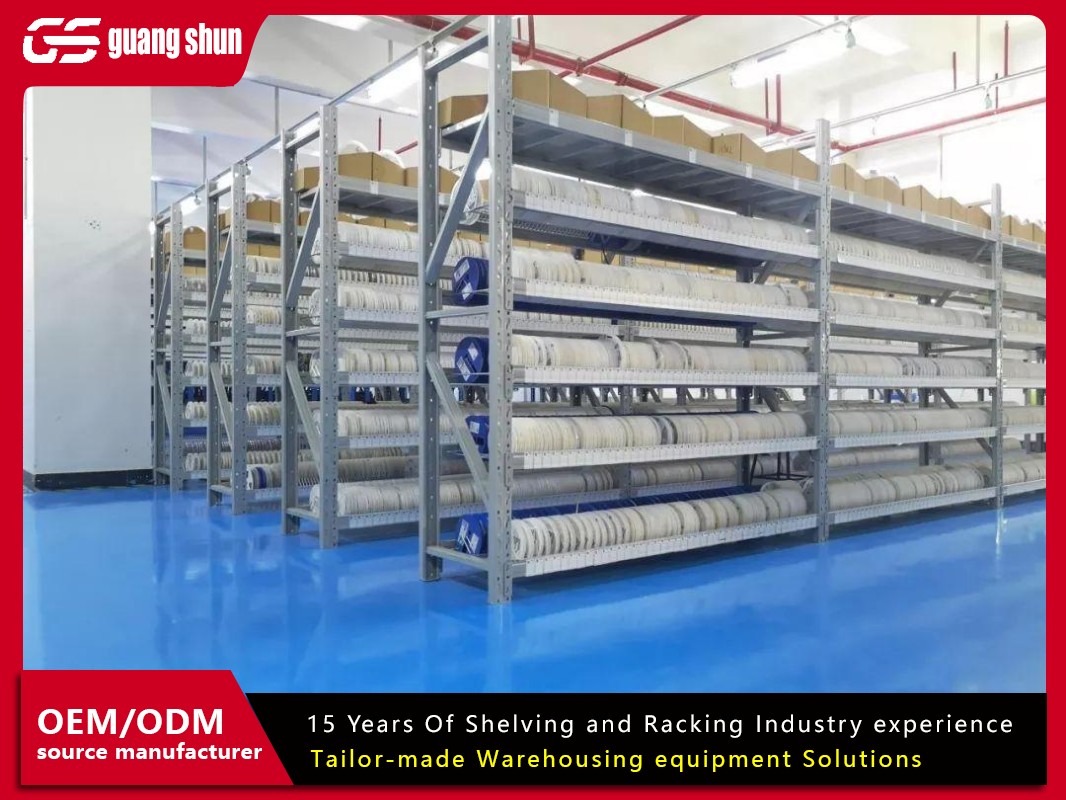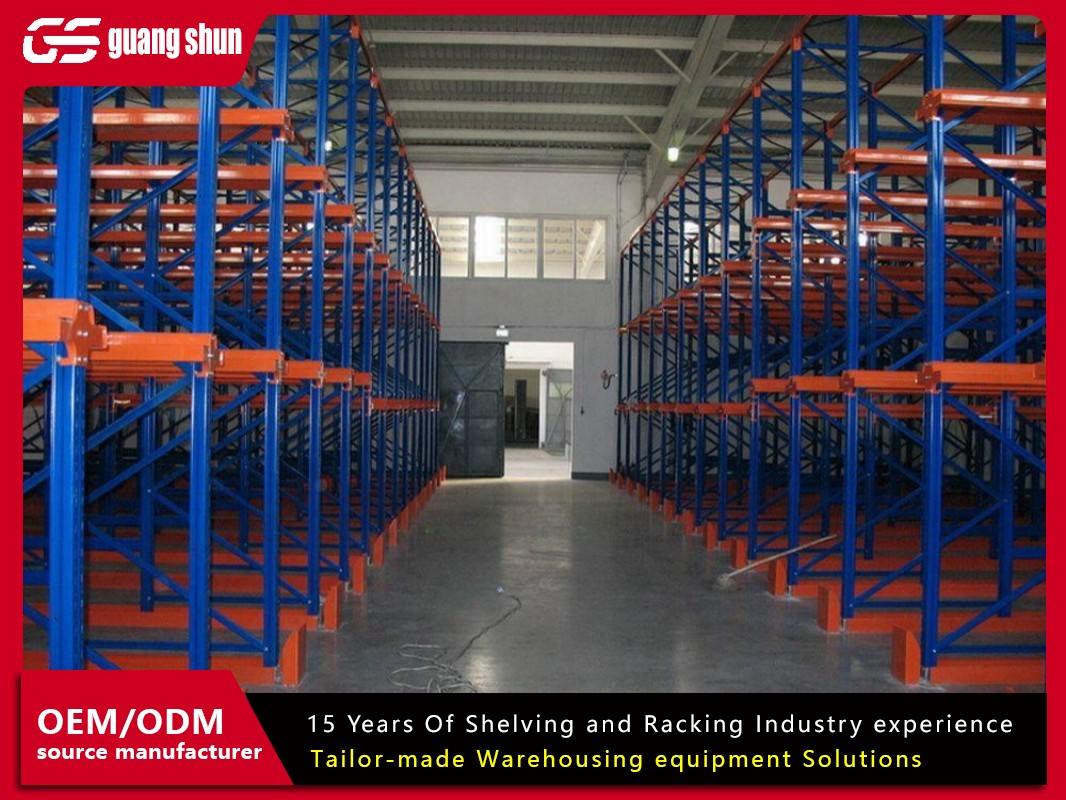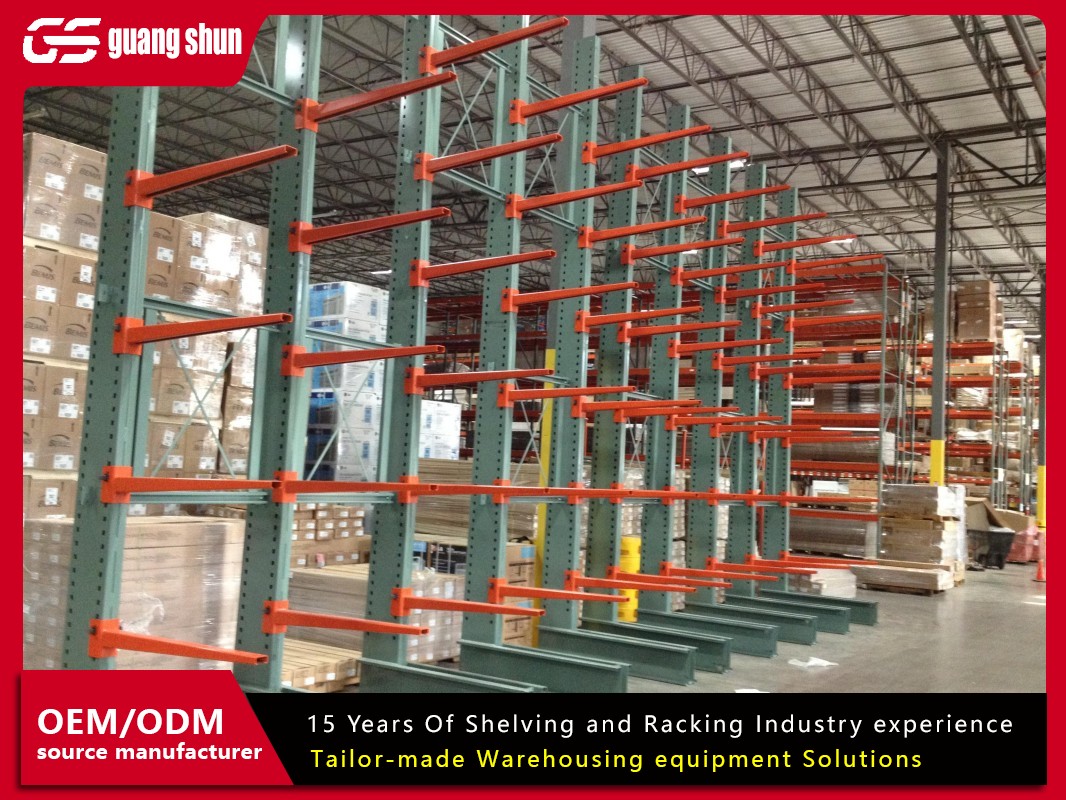In the world of warehousing, logistics, and even retail, space is a premium commodity. How you utilize every cubic foot of your available area can be the difference between profit and loss, between efficiency and chaos. At the heart of nearly every organized storage space lies a critical piece of infrastructure: the shelf racking system. Far more than just metal shelves, these systems are engineered solutions designed to maximize storage density, improve accessibility, and enhance inventory management. Whether you're running a massive distribution center or a small parts room, choosing the right system is paramount. This article delves into the core aspects of shelf racking systems, exploring their types, benefits, and key considerations for selection.
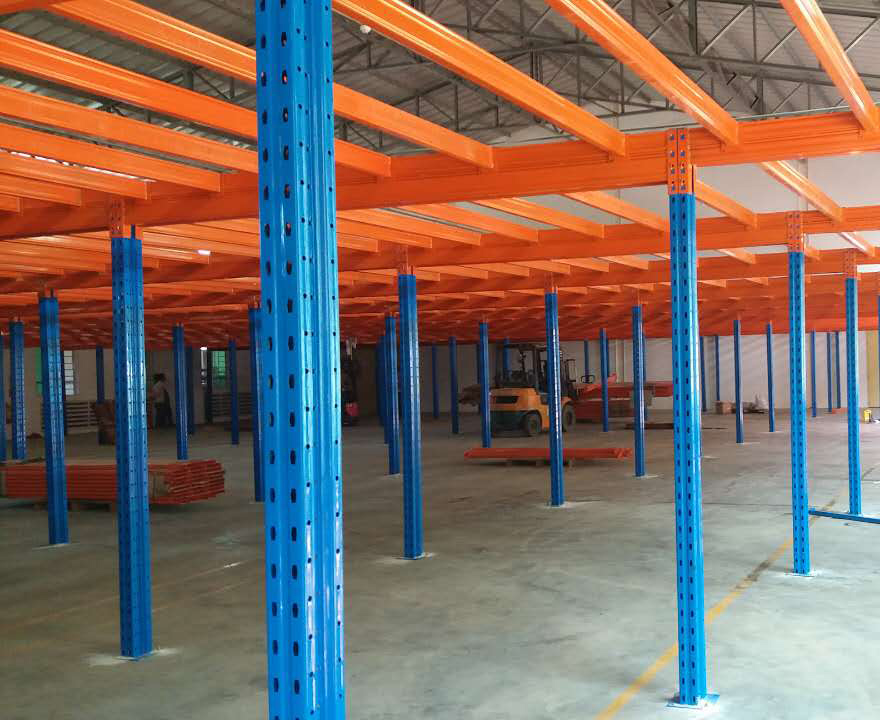
The Fundamental Types of Shelf Racking Systems
Not all storage needs are created equal, which is why the shelf racking system category encompasses several distinct types, each with its own strengths and ideal applications. Understanding these is the first step to selecting the perfect fit for your operation.
Selective Pallet Racking: This is the most common and versatile type of shelf racking system. It allows direct, immediate access to every single pallet load because each pallet is stored in its own individual bay. This makes it ideal for warehouses with a high variety of SKUs (Stock Keeping Units) where every item needs to be accessible at any time. Its open structure also facilitates easy use of forklifts and simplifies inventory counting.
Drive-In/Drive-Through Racking: Designed for high-density storage of homogeneous products, this system sacrifices some accessibility for immense space savings. Instead of individual aisles for each row, forklifts drive directly into the rack structure itself, placing pallets on rails. Drive-In racking has an entrance on one side, while Drive-Through has entrances on both ends, facilitating a first-in, first-out (FIFO) approach. This shelf racking system is perfect for cold storage or storing large quantities of the same product, like beverages or canned goods.
Cantilever Racking: When your inventory consists of long, bulky, or irregularly shaped items—such as lumber, piping, furniture, or rolls of carpet—a traditional pallet shelf racking system falls short. Cantilever racking, with its upright columns and arms that extend outward, provides clear, vertical access without the obstruction of front-columns. This design is invaluable for storage challenges that standard systems can't handle.
Mobile Pallet Racking: This is the ultimate space-saving solution. Instead of fixed aisles, the entire rack structure is mounted on motorized bases that move on tracks embedded in the floor. To access a specific aisle, an operator simply presses a button, and the racks shift to create a temporary aisle. This innovative shelf racking system can reduce aisle space requirements by up to 50%, dramatically increasing storage capacity within the same footprint, though it comes with a higher initial investment.
Key Advantages of Implementing a Robust Shelf Racking System
Investing in a well-designed shelf racking system yields a significant return on investment through multiple channels of operational improvement.
Maximized Vertical Space Utilization: Warehouses pay for air rights. The primary purpose of any shelf racking system is to leverage the often-underused vertical cube of a facility, moving storage upward rather than outward. This allows businesses to store more inventory in the same square footage, delaying or eliminating the need for costly expansion or relocation.
Enhanced Inventory Accessibility and Organization: A structured system eliminates clutter and random pile-ups. Inventory can be organized logically—by SKU, popularity, or shipment date—making picking and restocking faster and more accurate. This leads to improved order fulfillment rates, reduced labor costs, and fewer errors.
Improved Safety for Personnel and Inventory: A secure and stable shelf racking system is a safer environment. Properly stored goods are less likely to shift, fall, or become damaged. Clear aisles and defined storage locations reduce tripping hazards and accidents involving material handling equipment. Furthermore, well-organized storage minimizes the need for workers to climb shelves, reducing the risk of falls.
Scalability and Flexibility: Most modern shelf racking systems are designed to be adjustable and expandable. Beam levels can be easily relocated as inventory size changes, and additional sections can often be bolted on to existing frames to accommodate business growth. This modularity ensures your storage solution can evolve with your needs.
Critical Factors for Choosing the Right Shelf Racking System
Selecting a shelf racking system is not a one-size-fits-all decision. Several critical factors must be analyzed to ensure the chosen system aligns perfectly with your operational requirements.
Inventory Characteristics: What are you storing? Analyze the weight, dimensions, and shape of your pallets or products. The weight will determine the required load capacity of the beams and frames, while the dimensions will dictate the necessary bay size and depth.
Facility Constraints and Layout: You must work within the physical boundaries of your building. Key measurements include ceiling height, floor conditions, column placements, and the location of sprinkler systems and lighting. The available space will directly influence the type of system you can install (e.g., a high-bay warehouse can accommodate very tall selective racking).
Handling Equipment Compatibility: Your shelf racking system and your material handling equipment (e.g., forklifts, order pickers) are a symbiotic pair. The aisle width in your racking design must accommodate the turning radius of your forklifts. Narrow-Aisle (NA) forklifts require less space than counterbalance trucks, allowing for a denser racking layout.
Inventory Turnover and Accessibility Needs: Do you need immediate access to every pallet (FIFO or LIFO), or are you storing large quantities of the same product for long periods? Your answer will determine whether a selective, drive-in, or push-back system is more appropriate. The frequency of access is a primary driver in the selection process.
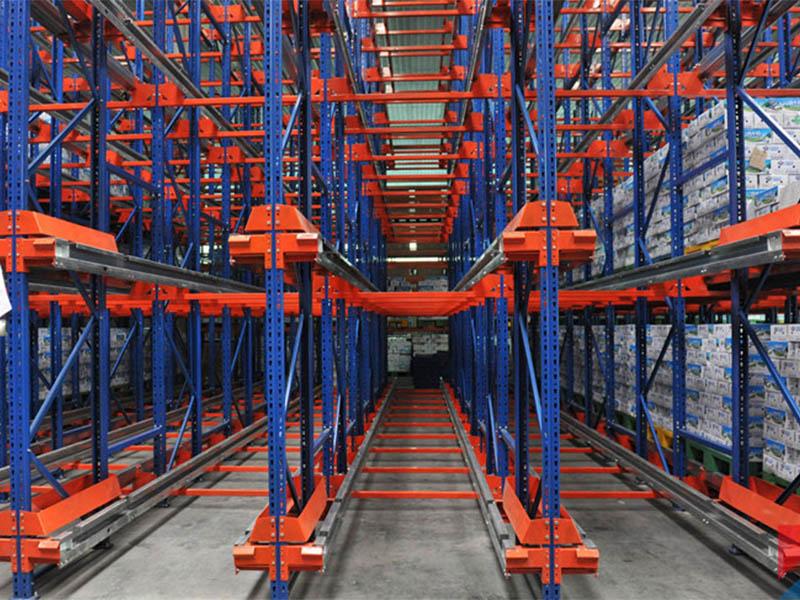
The Critical Role of Safety and Maintenance
A shelf racking system is a substantial investment and a critical structural component. Its safety and longevity are non-negotiable.
Professional Installation: A shelf racking system must be installed correctly by certified professionals. Improper installation can lead to catastrophic failure, risking inventory, equipment, and, most importantly, lives. Ensure your supplier offers qualified installation services.
Regular Inspections and Maintenance: Racking systems should be inspected regularly for any signs of damage, especially impacts from forklifts that can bend uprights or dislodge beams. Even minor damage can significantly compromise the structural integrity and load capacity of the entire system. Implement a scheduled inspection protocol and train staff to report any damage immediately.
Proper Loading and Use: Never exceed the designated load capacity of the beams or frames. Ensure pallets are in good condition and that loads are evenly distributed and secure. Using the system within its designed parameters is the simplest way to guarantee safety and durability.
The world of storage is not static. The humble shelf racking system is evolving with technology to meet the demands of modern logistics.
Integration with Warehouse Management Systems (WMS): Modern operations often integrate their racking layout with a WMS. This software can digitally map every storage location, optimizing put-away and picking routes, and providing real-time inventory visibility. The physical shelf racking system becomes the tangible framework for a digital inventory ecosystem.
Automated Storage and Retrieval Systems (AS/RS): At the pinnacle of efficiency, AS/RS combine high-density racking with robotic cranes and shuttles that automatically store and retrieve products. While a significant investment, these systems maximize space, drastically reduce labor costs, and achieve unparalleled accuracy and speed, representing the future of high-volume fulfillment.
In conclusion, a shelf racking system is far more than a simple storage aid. It is a strategic asset that directly impacts your operation's efficiency, safety, and bottom line. By carefully considering your inventory, space, and processes, and by understanding the different types of systems available, you can select and implement a solution that not only organizes your space today but also supports your growth for years to come.



